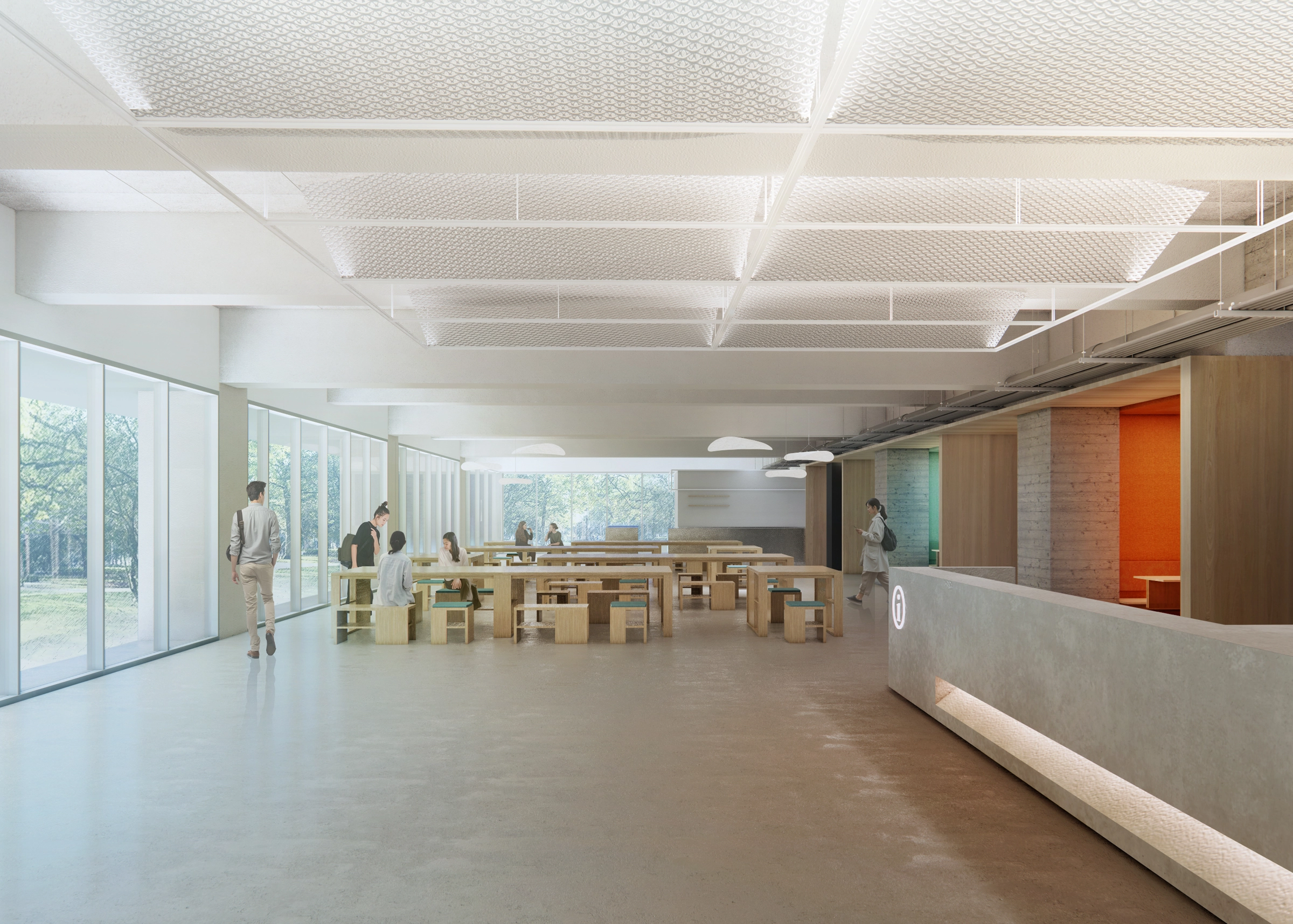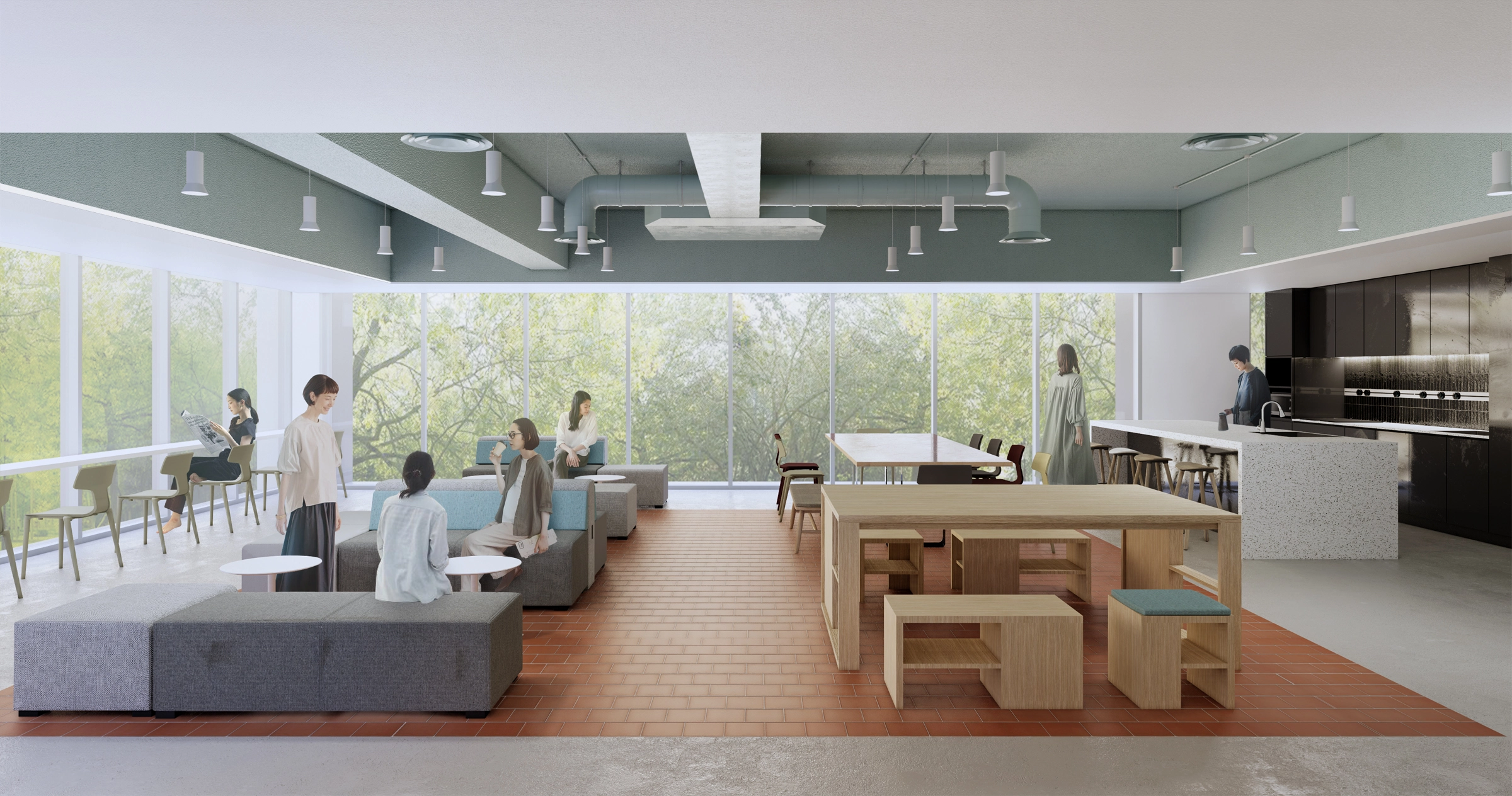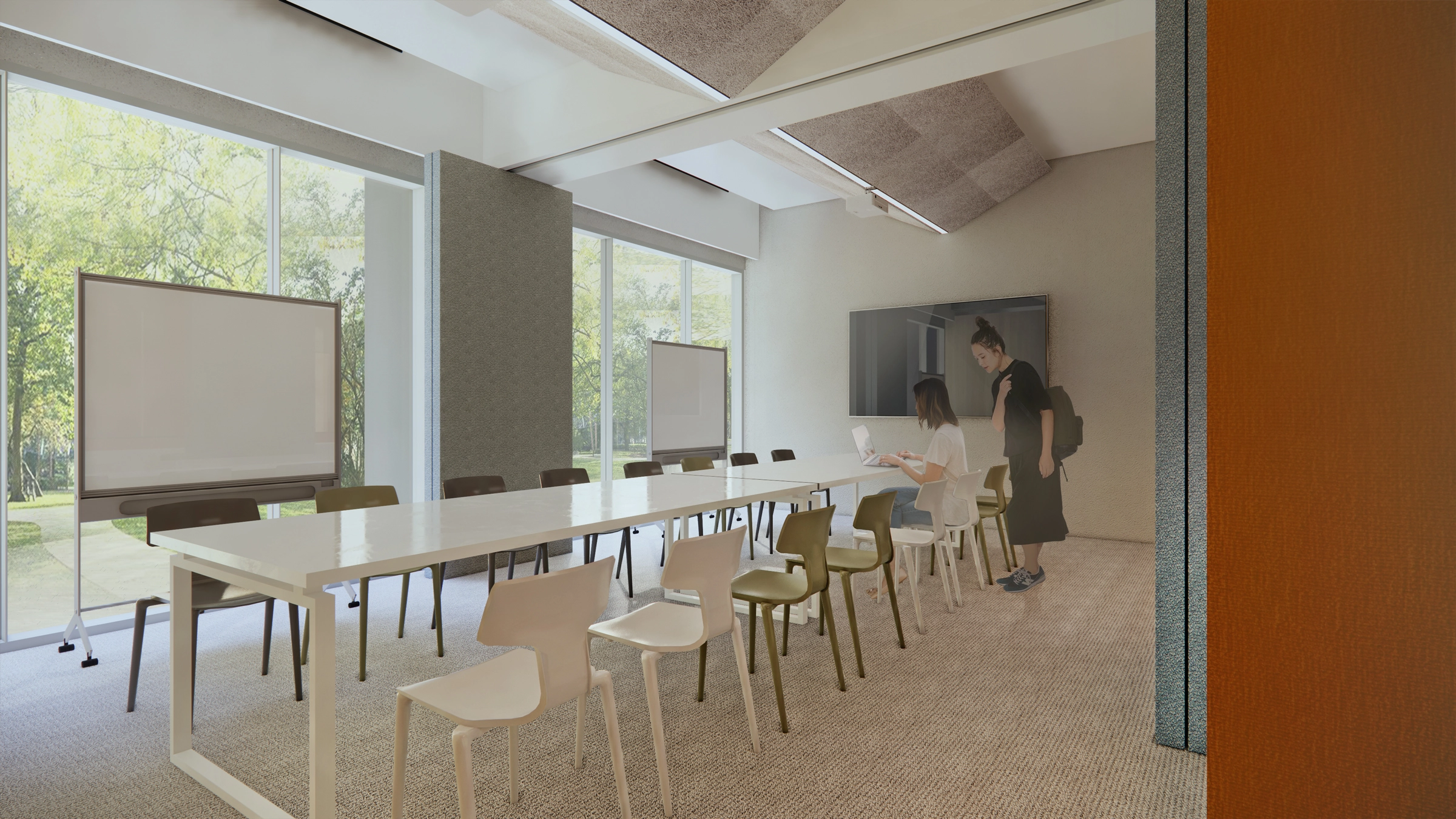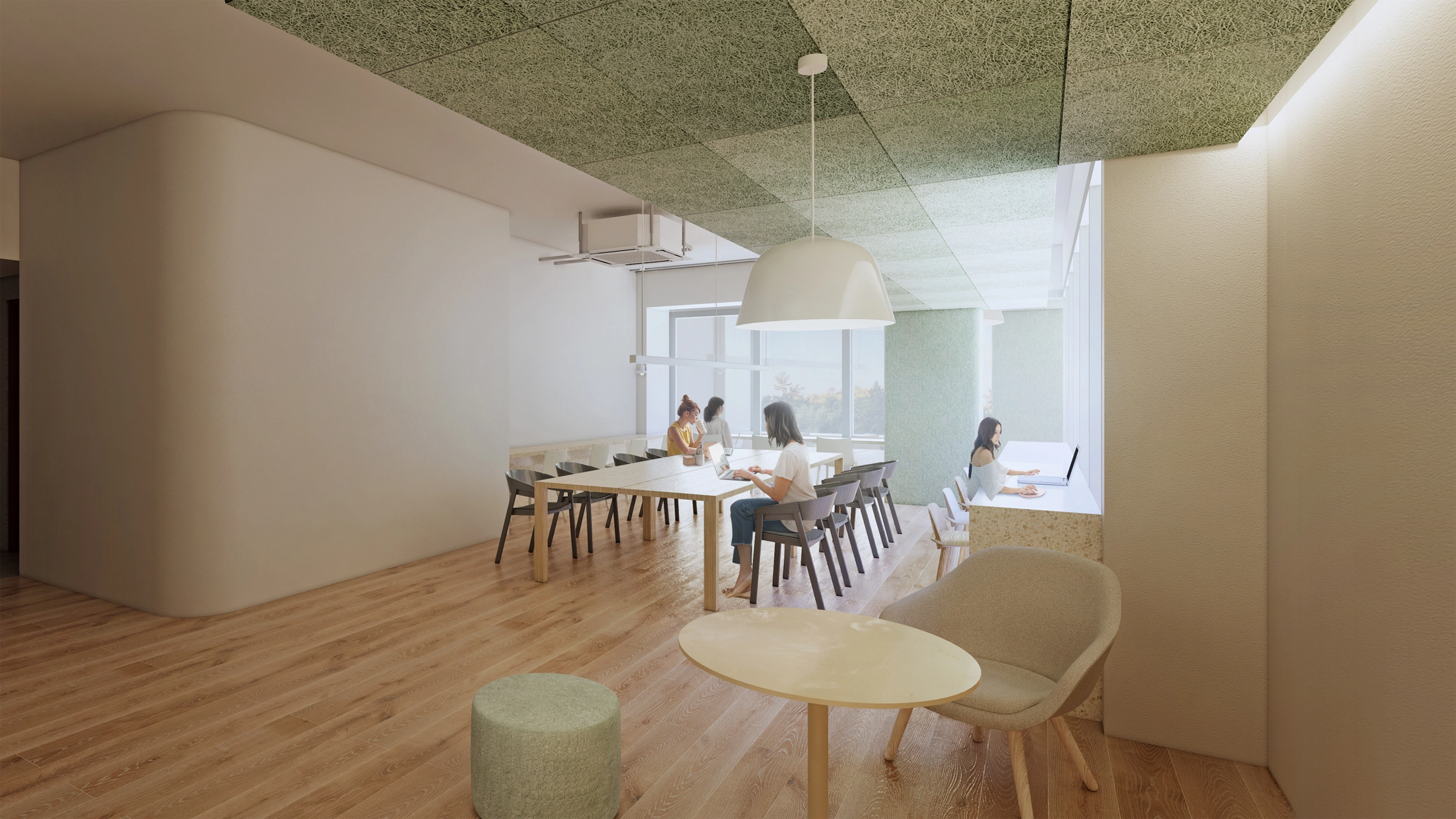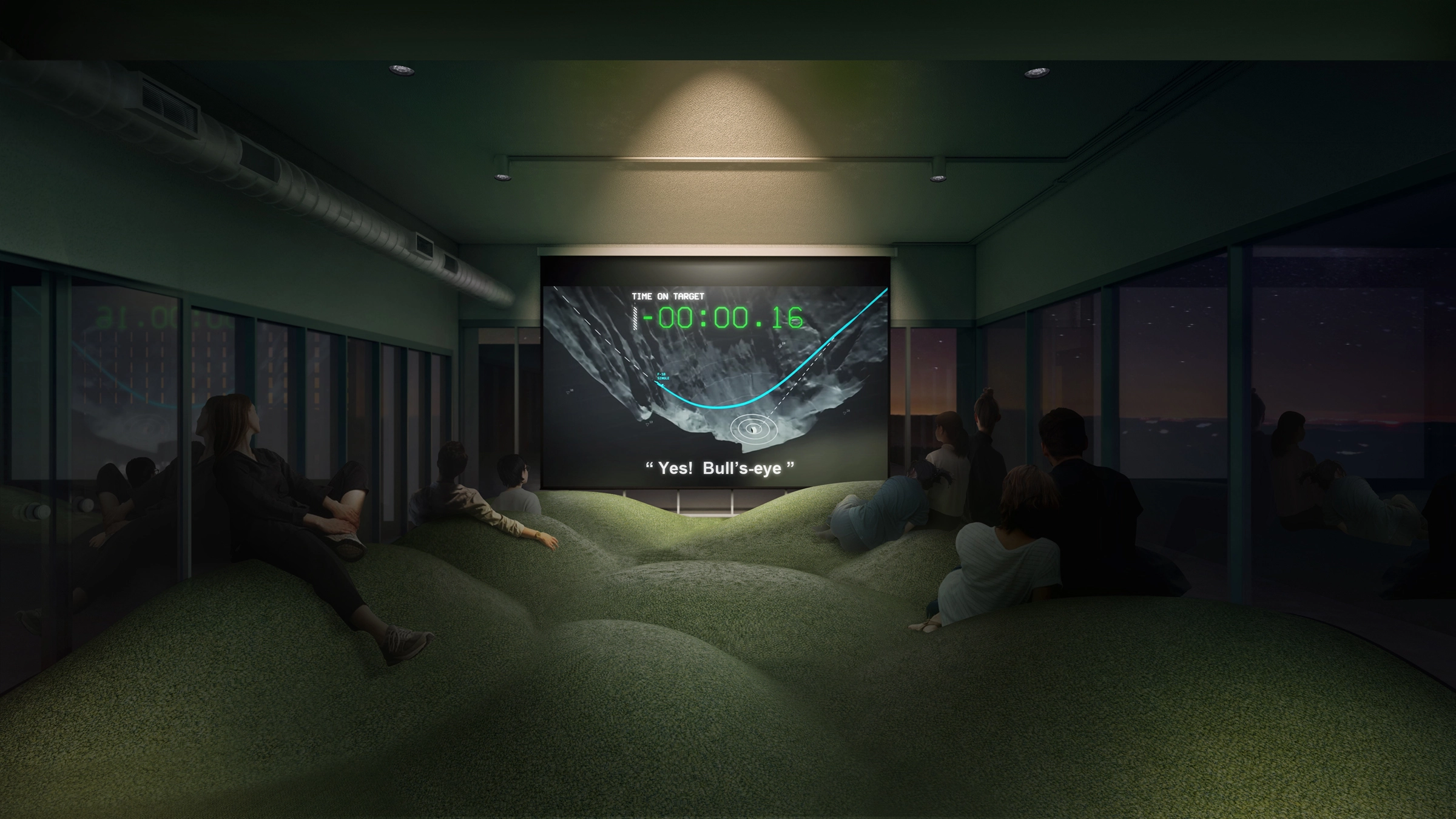用途 : 公共‧學生宿舍公共設施
進行中 : 細部設計階段
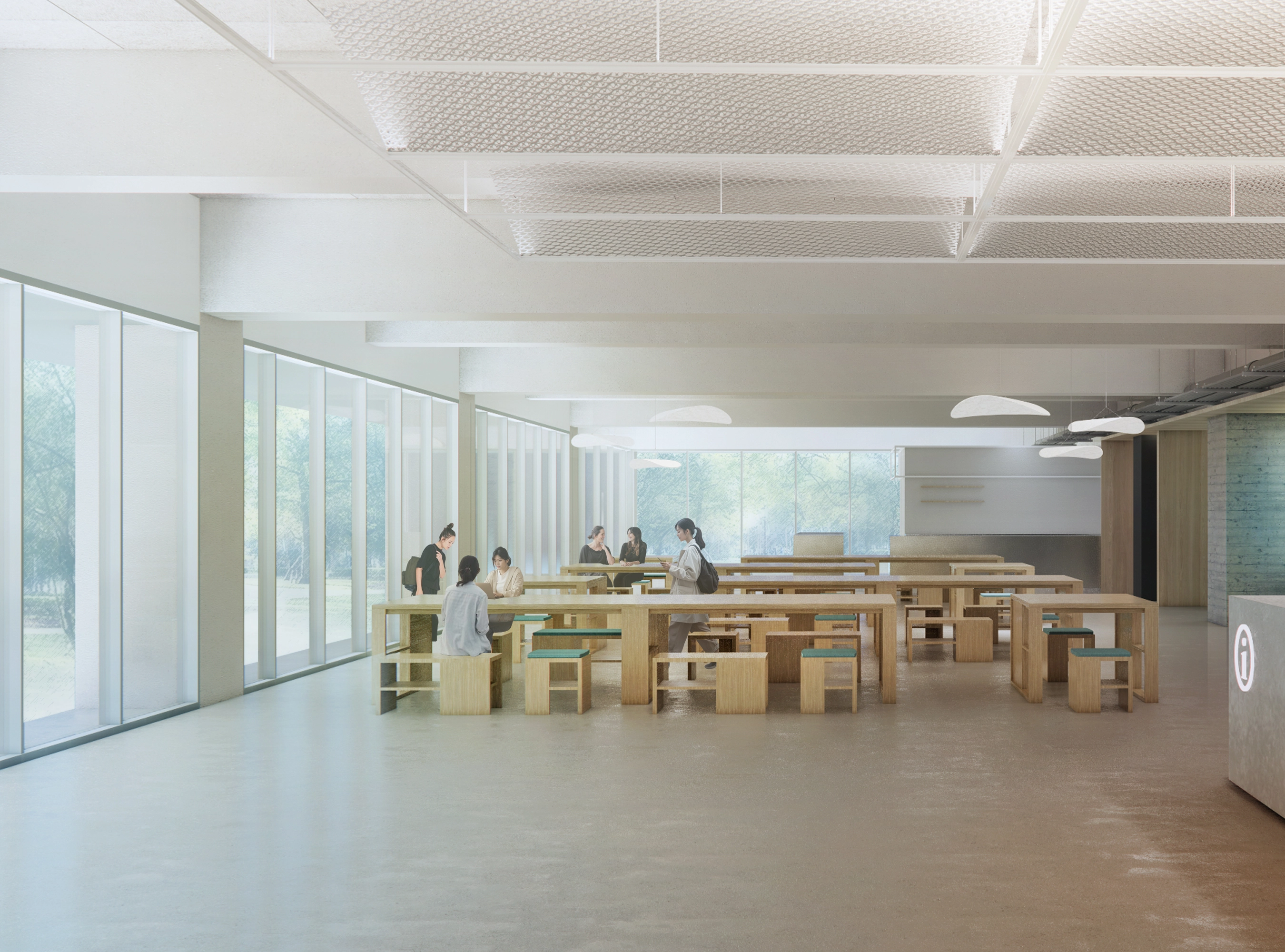
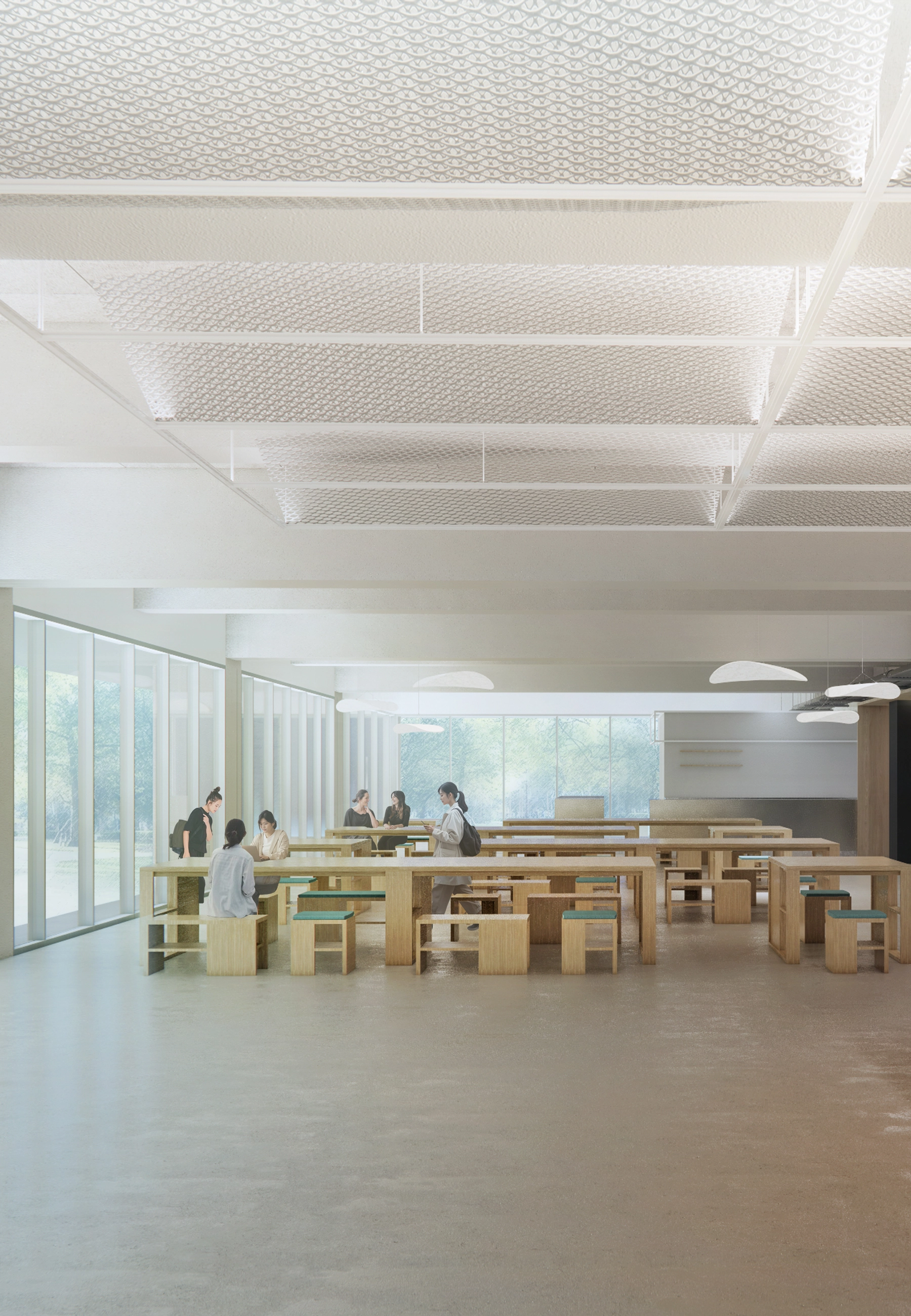
用途 : 公共‧學生宿舍公共設施
進行中 : 細部設計階段
CLICK TO VIEW ALL IMAGIES
宿舍不僅是過渡階段的居所,更是學生邁向群體共居與社會生活的重要轉換平台。以現代都市共享生活的精神為核心,除滿足學生的居住需求外,也致力於培養學生的自主性與公共參與意識。空間設計涵蓋動靜交流,創造學生共享學習與生活的場域,實踐「以學生為本」的教育精神。
傳統學生宿舍如同軍營般僅供休憩,較忽略美學與生活多樣性的發展。然而,實現理想中的自我,是大學教育不可或缺一環,包括住宿環境的品質與氛圍,將深刻影響人際互動的化學反應。因此打破校園圍牆、打開年級與科系的界線,使宿舍公共空間成為生活與學習的延伸場域,創造學生與學生、學生與社區之間自然互動的機會,重新定義公私領域的功能與價值,進而建立對住宿生活更深層的歸屬感。
Dormitories are more than just temporary shelters—they are platforms for shared living and a transition into society. With a focus on modern urban co-living, the new dormitory design supports both the practical needs of students and the cultivation of autonomy and social connection. It offers spaces for active and quiet interaction, encouraging collaboration, sharing, and openness as part of a holistic learning experience grounded in a student-first philosophy.
Historically, student dorms resembled military barracks—functional but lacking attention to aesthetics and the diversity of student life. Today, the university dormitory is reimagined as a space that nurtures personal growth and shapes human connection. By breaking down physical and social boundaries between grades and departments, and by opening dormitory spaces to informal learning and daily life, this project aims to extend the classroom into the dorm. In doing so, it fosters spontaneous encounters among students and even with the local community. Ultimately, this redefinition of public and private realms within the student housing experience aims to cultivate a deeper sense of belonging.
